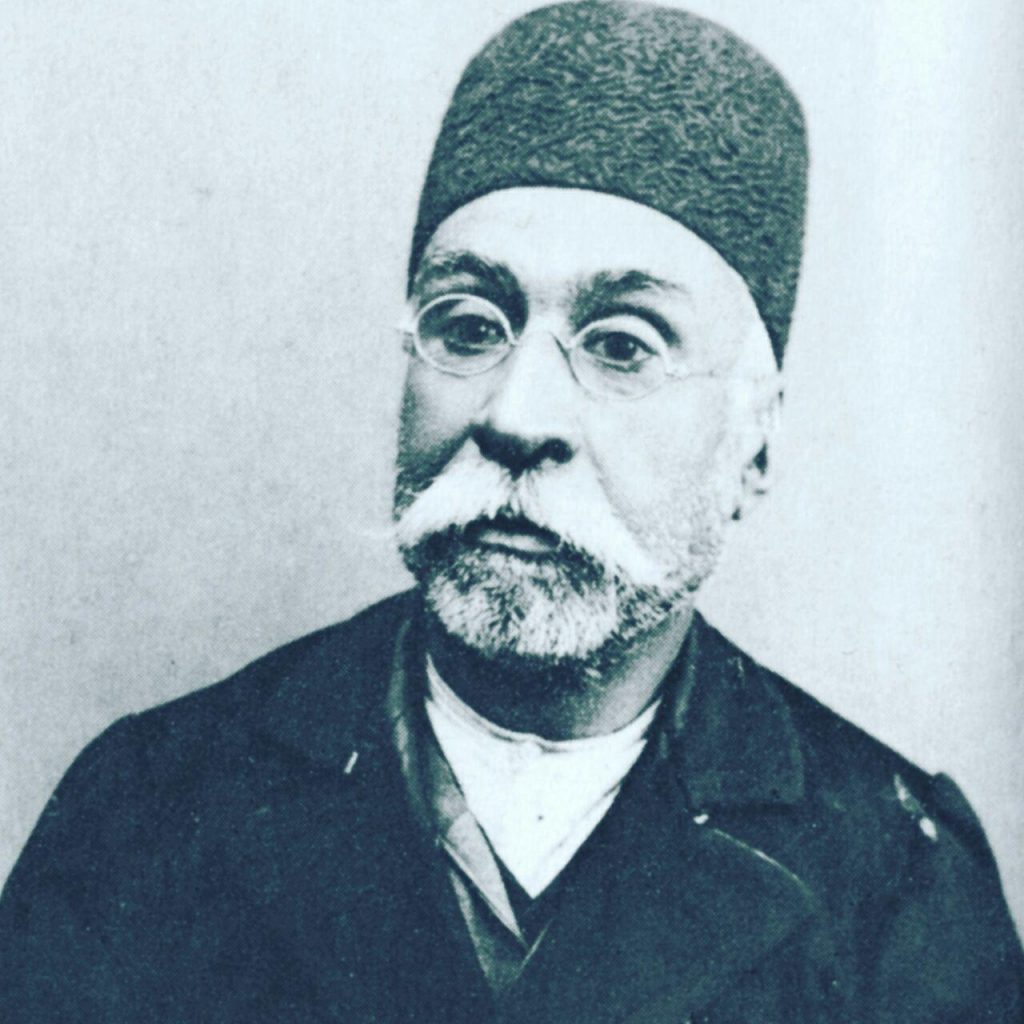short introduce
Mîrzâ Muhammad Nâsir al-Hussaynî – better known as Fursat Shirazi (1854–1920) – was an explorer of different forms of knowledge more than a specialist in any of them. Fursat Shirazi was a self-taught painter who made a
living by painting portraits of the local and national aristocracy, to whom he was linked by relations of patronage.
Fursat’s education
He studied in an institution for higher learning (madrasa) but assiduously frequented mentors in mysticism and
philosophy. He was well read in poetry, but also pursued an interest in technological innovations and scientific divulgation.
A polymath, Fursat composed essays on astronomy, music and photography, in addition to a significant poetic production (Fursat 1904a, 1904b, 1904c, 1914, 1915). The breadth of his writings is an index of his pragmatic approach to knowledge.
Searching for information where he could find it, Fursat moved from topic to topic, capturing along the way what was new and relatively unknown, using commissions and requests as triggers for research and inquiry, often dictated by financial need.
Eventually, the Qajar shahs commissioned paintings and writings to him and honored him with a gold medal. He knew English and had extensive conversations with Europeans who were living in Shiraz.
Fursat Shirazi’s travels
He lived most of his life in Shiraz but traveled extensively and spent time in Tehran during the constitutional revolution of 1906. He later returned to Shiraz and became the head of the office of the Ministry of Education in the city and for a brief period was also in charge of the office of the Ministry of Justice. Patronage by notables, princes and state administrators was the main axis for the production of knowledge at the time. Patrons commissioned and compensated works in artistic and scientific domains. This production took place at the intersection between scholars in the city and a wider national network with its center in Tehran.

Shirazis aspired to receive the recognition of the Qajar court in the capital through the mediation of governors or other officials posted in the city.
In turn the court, by acknowledging these figures, bestowed its power on them and articulated a vision of a country made of different but intersecting locales. At the same time, scholars and men of letters were increasingly oriented towards a more generalized readership. The increasing production of newspapers and lithographic books (Green 2010) and the diffusion of politics as a domain of general concern were developing a sense of national affiliation. This national configuration in turn oriented the production of knowledge towards new objects and a different vision of Iran as a territory. The system of court and provincial patronage evolved into a state administration of knowledge, with the nation as its increasingly central concern and a public as its audience.Out of these reconfigurations the reasoning male individual emerged as the new subject of the production of knowledge.
Fursat’s life
Fursat’s life and works are exemplary of these transformations. His paintings and poetry are connected to the world of patronage, while his wide range of publications point to a concern for diffusing knowledge to a population that needs to be educated. His works reveal the tensions of a provincial man eager to participate in the construction of a national vision and aware of international scholarship while eminently concerned with his city.His writings are self-reflexive, oriented at establishing the autonomy of reason as a prerequisite for effective understanding. This emergent form of rationality intertwines with Fursat’s changing role from provincial artist sponsored by aristocrats to state functionary at the end of his life.

